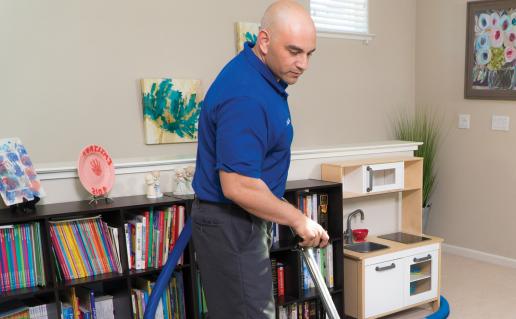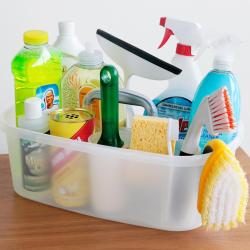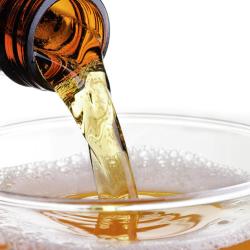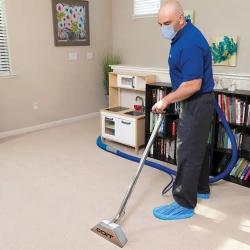COIT’s Guide to Tea Stain Removal
If you’re not a coffee drinker, chances are, you could be a tea drinker. And that’s a good thing. Tea contains antioxidants that can protect your body from a variety of diseases. On top of that, tea actually contains less caffeine than coffee, which will keep you a bit more mellow when you need to stay relaxed. It also protects your bones, thanks to its beneficial phytochemicals.
These days, there are plenty of types of tea to choose from, beyond the good old English Breakfast tea. Here are a few types of tea that people drink:
- White tea
- Green tea
- Black tea
- Pu-erh tea
- Oolong tea
- Dragon Well Green Tea
- Irish breakfast
Next to water, tea is the most widely consumed beverage in the world. Tea leaves come in various sizes. The smaller the tea leaf is, the more expensive the tea.
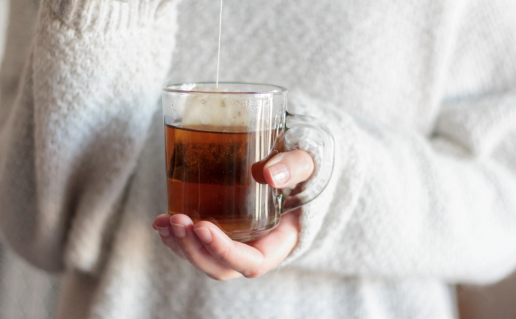
Ingredients in Tea
Regular tea contains a wide variety of chemicals, which include, but are not limited to:
- Jasmine flowers
- Hibiscus flower
- Nettle leaf
- Parsley leaf
- Lemon verbena
- Spearmint
Teas are divided into categories based on how the tea is processed. White, yellow, green, oolong, black, and post-fermented are known as the six main types. Whether you drink tea because it helps you unwind, boosts your metabolism, or just because it tastes delicious, knowing how to remove tea stains is helpful to know when you’re relaxing around the house.
How to Remove Tea Stains
Tea stain removal is like anything else: depending on the surface you spill the tea on, you can take a different approach to removing the tea stain. Let’s take a look at each type of surface and take you through COIT’s step-by-step guide to removing tea stains.
For other household cleaning services that can lighten your load, explore COIT Cleaning Services to learn more.
How to Remove Tea Stains on Carpet
COIT’s Guide to Remove Tea Stains on Carpet
When you sit down to have a nice cup of tea, the last thing on your mind is how you’re going to clean up a spill, right? The purpose of having tea is actually quite the opposite: to unwind after a long day or to warm up on a chilly winter night.
Unfortunately, spills do happen. And when you’re faced with tea stains on carpet, the best thing to do is act quickly.
Remember to always do a spot removal test on a portion of carpet or upholstery that is normally not visible.
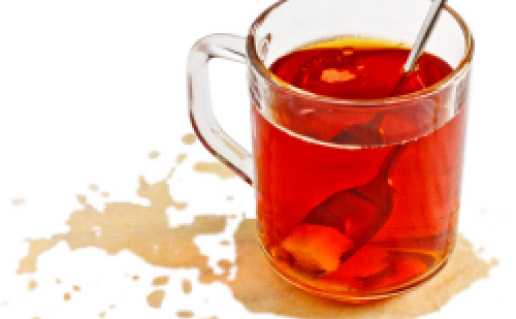
How to Remove Tea Stain from Carpet
- Blot the tea stain until most of the liquid is removed.
- Pour a small amount of water directly onto the tea stain. This will dilute the stain, preventing further damage to the carpet.
- Apply a carpet stain remover directly on the affected area. Using store-bought solutions is a big help when attempting to remove tea stains on carpet.
- If the tea stain is still visible, mix a bit of white vinegar with a bit of water, and apply it directly onto the stain using a sponge or dishcloth.
- Allow this to sit on the tea stain for 5 to 10 minutes.
- Rinse the affected area with cold water. The tea stain should no longer be visible.
Up to 50% off Residential cleaning services - Find discounts in your area!
How to Remove Tea Stain from Carpet Using Baking Soda
- Pour one cup of baking soda into a bowl.
- Take a damp cloth and coat it with baking soda. Apply directly on the tea stain.
- Rinse the affected area with cold water.
- Repeat steps 1 through 3 as necessary.
- Rinse the affected area with cold water and pat dry. This is a great way to go when wondering how to get tea stain out of a carpet.
How to Remove Tea Stain from Carpet White Vinegar
- Mix a solution that contains two ounces of white vinegar and 4 ounces of warm water.
- Pour the solution into a spray bottle.
- Spray the mixture directly onto the stain and scrub with a clean cloth.
- Continue doing so until stain disappears.
How to Remove Tea Stain from Carpet Using Salt
- Take a wet cloth and try and absorb any tea that remains from the spill.
- Pour a generous amount of salt directly onto the stain, and follow with a bit of club soda.
- Rinse with cold water and repeat steps 1 and 2 as necessary.
When it’s time to get tea stain out of a carpet, try any of the above-mentioned do-it-yourself methods to get results fast. If your spots are harder than what you thought you can contact a professional carpet cleaner and don't forget to check out our coupons!
Remember to always do a spot removal test on a portion of carpet or upholstery that is normally not visible. These are suggested treatments only and COIT can't be held accountable for any damage sustained by the use of the treatments in this spot removal guide.





